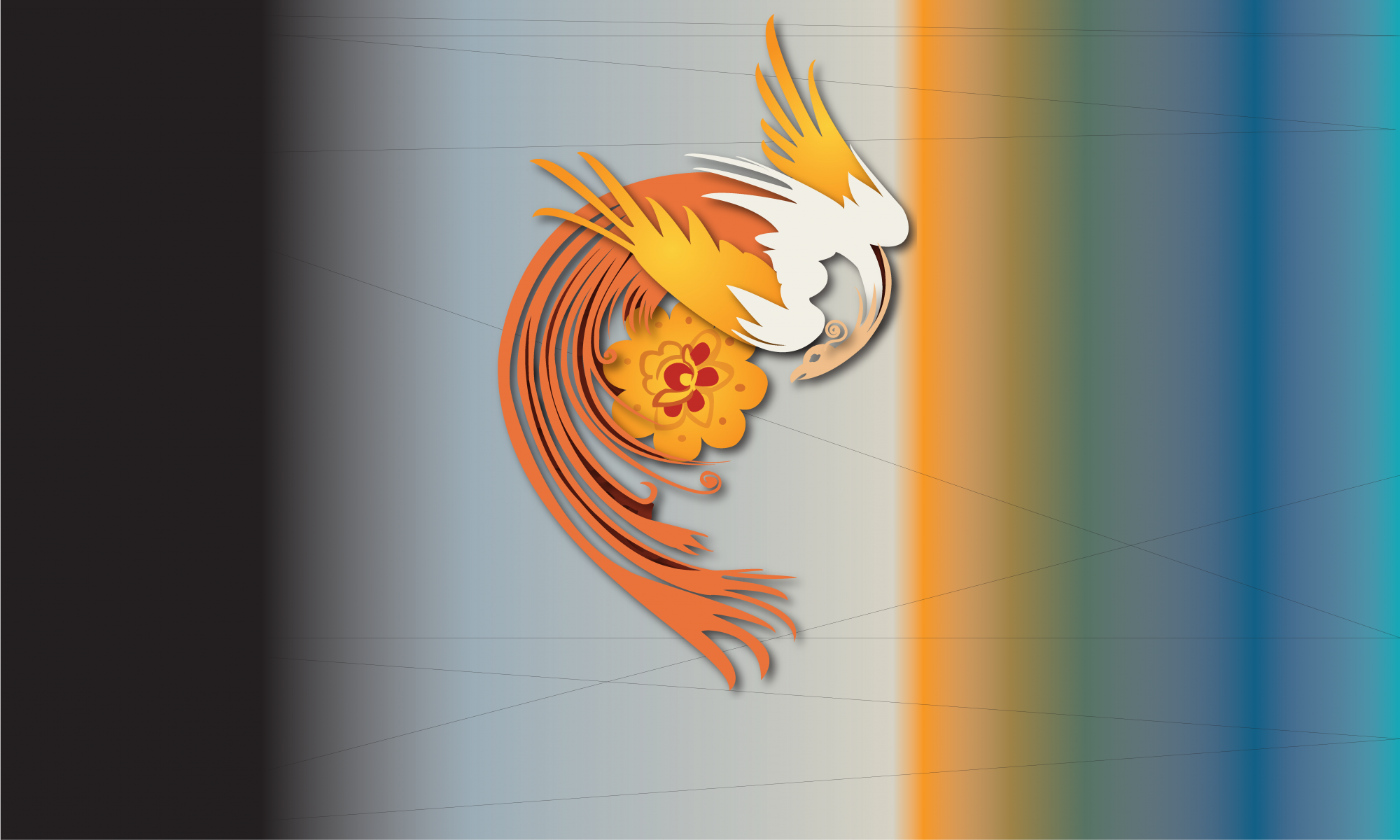Deadline for Proposals: August 14, 2017
Session Title: Utopianism and Dystopianism in Russian, Soviet, Eastern European, and Eurasian Art
Session Co-chairs: Joes Segal, Wende Museum, Los Angeles; Ksenya Gurshtein, Skirball Museum, Los Angeles
Submission Deadline and Instructions: The deadline to submit proposals for talks is August 14, 2017; to submit your proposal, send the following to Joes Segal (jsegal@wendemuseum.org) and Ksenya Gurshtein (ksenya@gmail.com): 1) a 250 word abstract; 2) a shortened CV; 3) a brief note explaining your interest in the session; and 4) a completed session participation proposal form found at the end of this PDF document: http://www.collegeart.org/pdf/call-for-participation.pdf
Note on Additional Session Participation Requirements: All speakers selected for the session must have a current individual CAA membership by August 28, 2017. You can learn more about CAA membership here: http://www.collegeart.org/membership
This panel considers the impact of utopian and dystopian thought on the art of Russia, the Soviet Union, Central and Eastern Europe, and Eurasia from the modern period until the present day. 2017 has brought us reminders of the power that utopia as a concept still has in shaping our understanding of the historic avant-gardes in the region. In the early twentieth century, the arts in the region embraced unprecedented aspirations for social transformation. By the end of the twentieth century, the collapse of socialism in the Eastern Bloc became widely associated with the “passing of mass utopia.” During the decades in between, the Soviet Union and later its “satellite” states were a global epicenter of utopian thought promoted at the state level and at times embraced enthusiastically by producers of visual culture who imagined new visual languages, new purposes for their work, and new modes of working. As official ideology came under pressure, the region also witnessed a rise of dystopian and anti-utopian impulses in the arts. After the end of state communism, both utopian and dystopian ideas have motivated artworks in the post-socialist countries seeking to define new identities. Meanwhile, greater awareness of such movements as nineteenth-century Russian Cosmism and its extensive influence on twentieth-century art urges us to investigate intellectual histories that give a deeper historical account of utopianism in the region in the “longue durée.” Papers on all topics relevant for this theme will be considered for the session; some of these topics include:– the historic lineages of utopian thought and action as they pertain to art and visual culture, ranging from those that asserted a complete break from the past as they looked to a distant future to those that urged a return to a putative Golden Age
– specific examples of alternative futures and pasts that were imagined by philosophers, writers, politicians, and artists themselves and manifested themselves in the art of the region
– individual oeuvres or works of art that made particularly notable contributions to the utopian imaginary in the region
– the roles played by the arts in shaping new horizons and offering alternative models in the broader political and social realms
– significant examples of dystopian thought as it manifested itself in art
– the differences and/or similarities of the manifestations of utopian and dystopian thought within the “official” and “unofficial” cultures in the region in the 20th century and earlier
